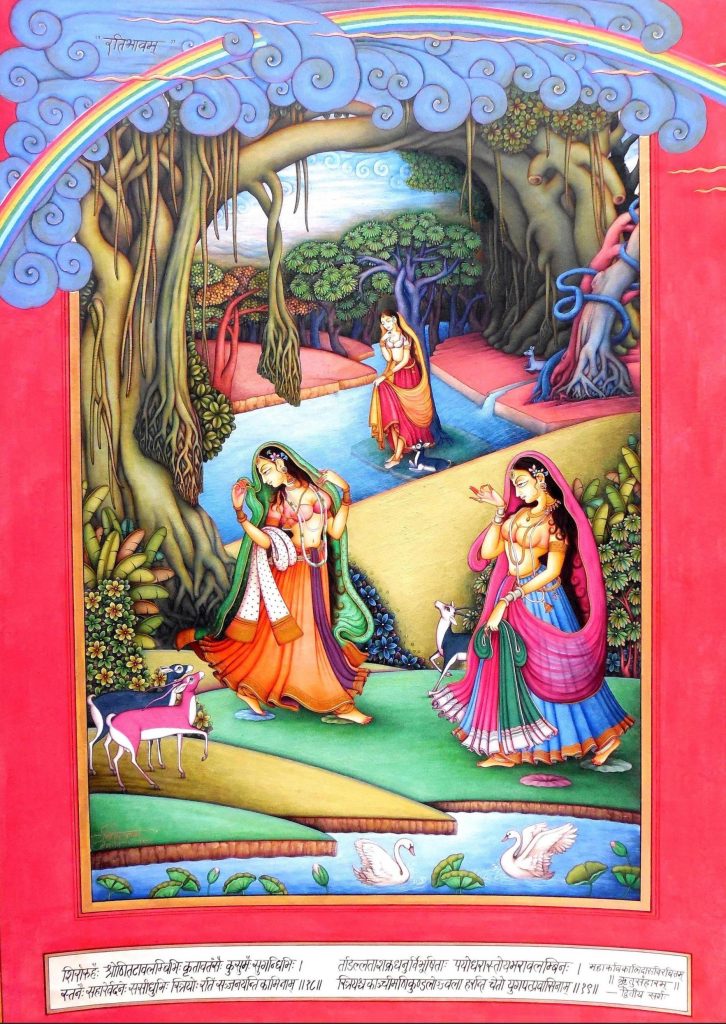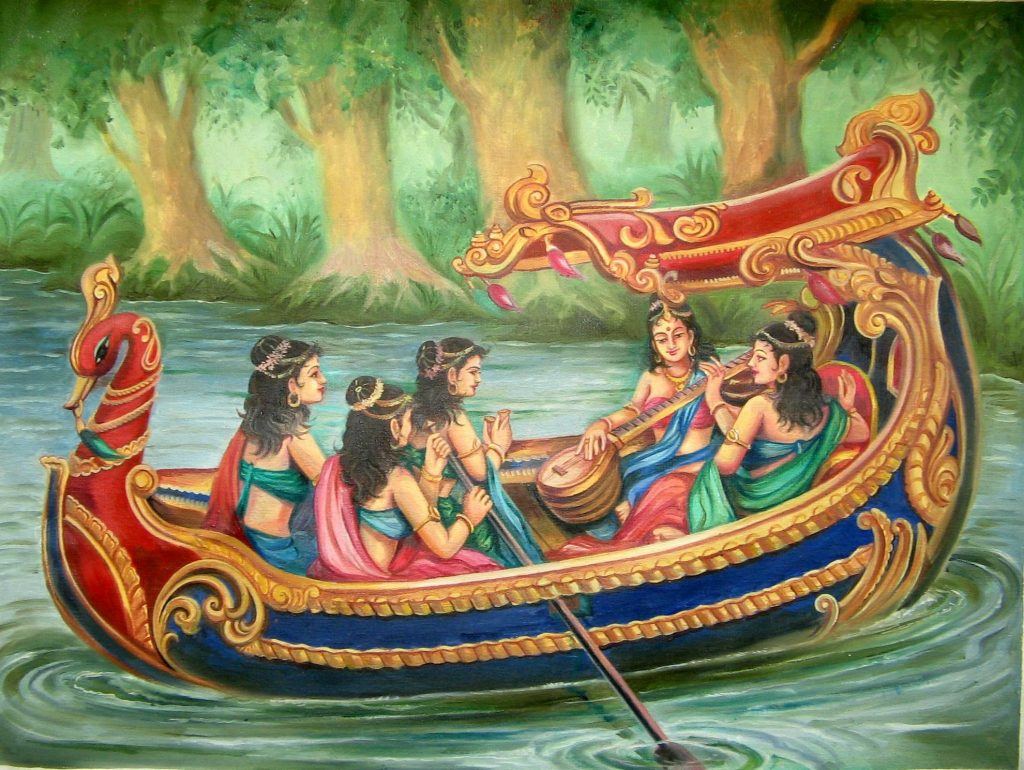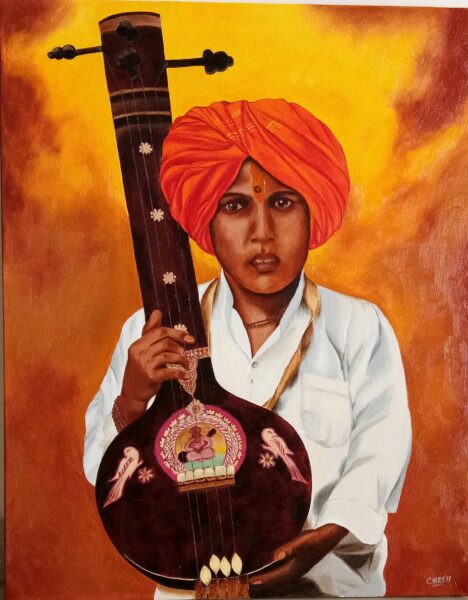India has a long lineage of elaborate & elegant creations of art throughout its extensive history spanning thousands of years. The confluence and synthesis of different culture, religion, and tradition has made India a unique place to look for artistic adventures. The following are few forms of Indian art that can be found across the Indian sub-continent.
Madhubani is an old form of Indian art also known as Mithila art. It originates from the Mithila region of Bihar and Nepal. Traditionally it has been passed down from generation to generation. The natural dyes are applied with the help of fingers or twigs. The geometrical patterns that bring about such vibrant contrasts are a narrative device to depict various Hindu mythological references. The subjects are generally related to matrimony, festival, natural scenery and stories of Ramayana and Mahabharata etc. Traditionally women were involved in this endeavor but gradually men also started to get involved in this rare art form considering the growing market. The material used is powdered rice paste.

Miniature painting is a painting form that is crafted on support materials such as paper, palm leaf manuscripts etc. Though this form of art lacks durability, there is a considerable content from the Mughal and the Rajput empires. The Mughals are credited with bringing this art form from Persia. The adventures, courtyards, courtrooms, and natural sceneries of both the Mughals and the Rajputs are found to be illustrated in this particular form of Indian art. While the art forms of the Mughals and the Rajputs are in discussion, there ought to be an honorable mention of the Khajuraho Monuments of that particular era. Khajuraho is a small town in Madhya Pradesh where certain monuments were built by the Chandela clan of the Rajput dynasty. The special element of these temples were the sexually explicit sculptures that depict the socio-cultural rituals of those times. Though only a handful of the ruins remain today, they are declared as UNESCO world heritage site.
From the south of the country comes the glittering Thanjavur art or as the British called it Tanjore art. This particular brand of novel Indian art originates from the then Maratha kingdom of Thanjavur. These paintings are done on wooden planks where glittering gold foils and sometimes semi-precious stones are laid down ornately on the simple figures of icons. The wall paintings on the wall of the Brihadeeshwarar temple painted during the 11th century Chola lay testament to such eye-capturing marvel of Indian art.
There are many forms of traditional Indian art that showcase how customs and traditions have influenced the different cultures of art. Pattachitra is another form that originated in the eastern Indian state of Orissa where the paintings are done on cloths by chitrakars. The theme of these amazing creations is based on Hindu mythology. This tradition of cloth painting with natural dyes and colors are at least a thousand year old.

The dotted paintings of the Gondi art form are another scintillating custom of art painting that the Gondi people of southern India have developed since the 1970s.The Gondis are the largest Adivasi community in India. Their paintings are an amalgamation of dots arranged to mimic the shape of natural objects and animals. This type of dotted painting bears a stark resemblance to the paint styles of the aboriginals of Australia.
Apart from the traditional art forms or paintings found throughout the Indian subcontinent, there is also a dynamic culture of mainstream paintings and artwork. Abanindranath Tagore played a significant role in the field of Indian art. He was a firm believer in the notion that western art lacks spiritualism and it was replaced by materialism. His notable creations include ‘Bharat Mata’ and the ‘Passing of Shah Jahan’ among others. He was a nephew of the Nobel laureate Rabindranath Tagore. His swadeshi values led him to form the Bengal School of Art. And it was this institution that was the shepherd of the Modern Indian Painting. Indian art as a whole is the cumulative culmination of the creations of various national artists such as Abanindranath Tagore and this rich tradition continues to flourish and prosper with dignity and pride.
















